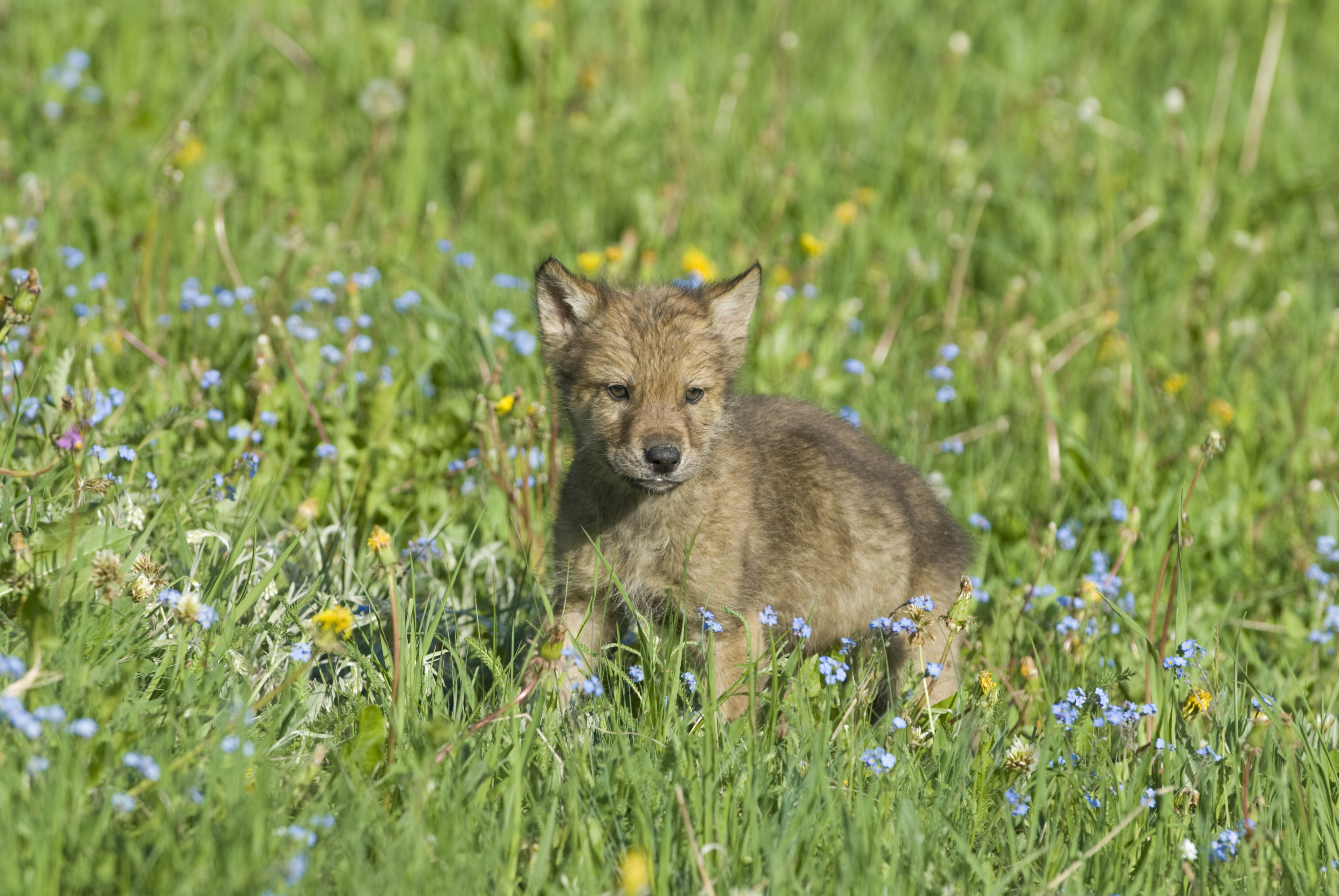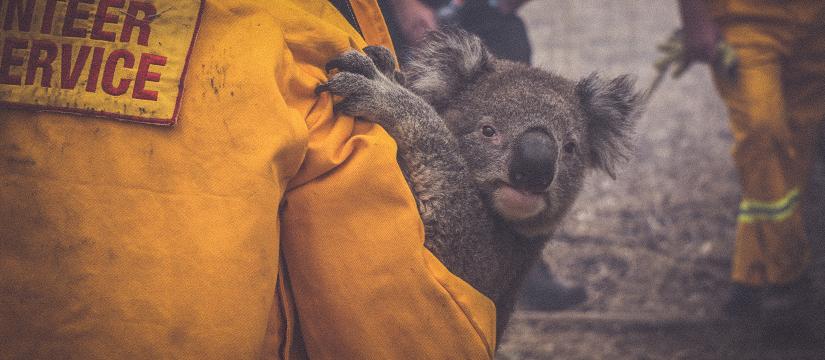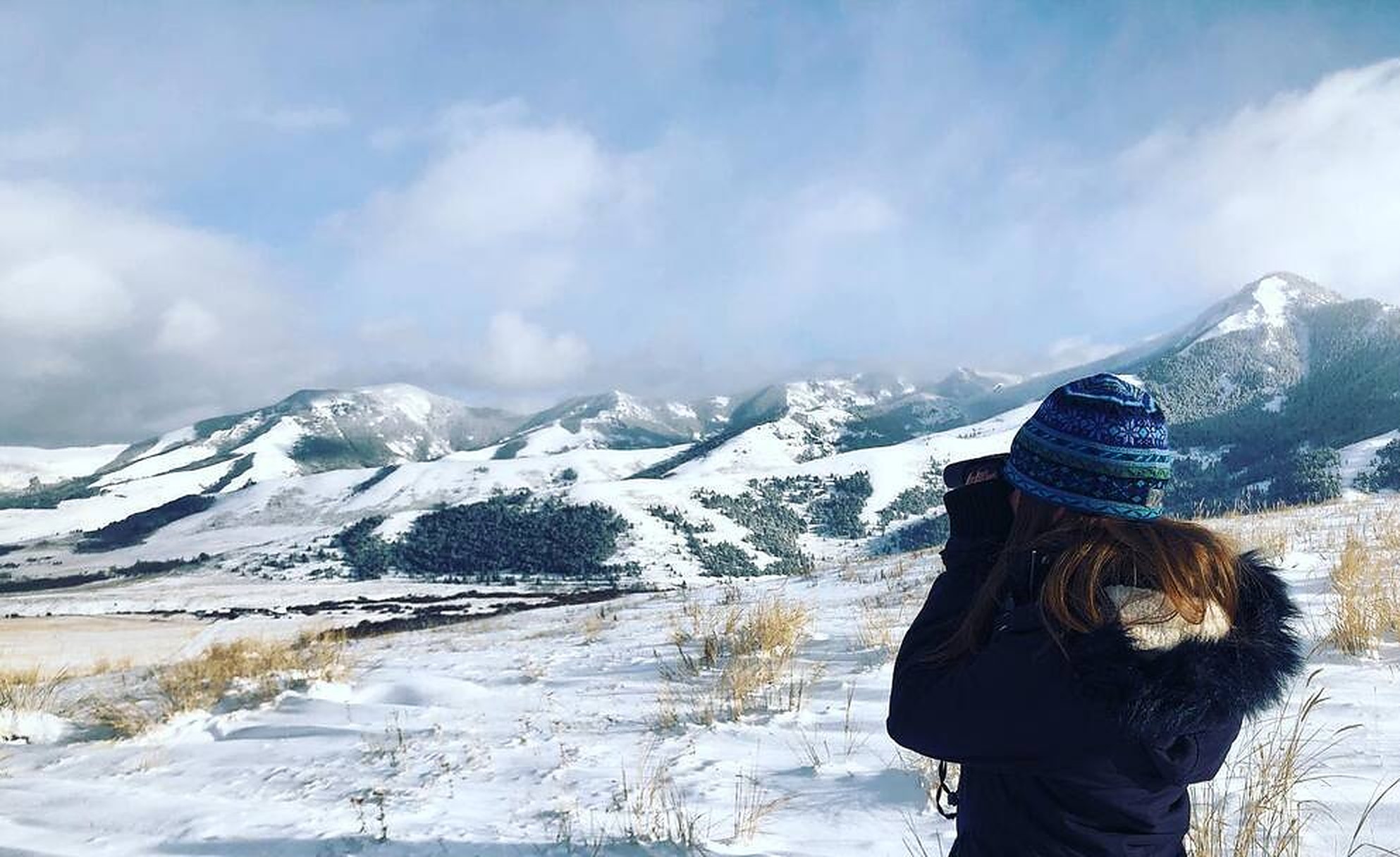I grew up in Michigan—a place with many deer and very few wolves to keep their populations in check after flawed management decisions that caused wolf numbers to plummet decades ago. The only place I’ve seen a gray wolf is the Potter Park Zoo—a tiny park just outside my college campus that cares for endangered species. My experiences seeing wildlife are few and far between. It was only last October, years into my work at the Sierra Club, that I finally saw a Yellowstone grizzly bear in the wild. Thousands of yards away and with a pair of binoculars, I practically had tears in my eyes. (WATCH: NFL superstar Tom Brady has a similar bear-sighting reaction).

A gray wolf pup. Photo: iStock
Places like Yellowstone National Park, my home state, and Australia—where devastating bushfires have killed more than a billion animals—couldn’t be farther apart in geography and ecology. Yet to me, these places are a huge piece of what connects us, and, tragically, what we stand to lose. Near or far, whether we regularly see bears and bobcats in our backyards (like some of my coworkers) or make nostalgic visits to our local zoos and aquariums, people idealize and care deeply about our wildlife. Animals symbolize freedom from society’s complications, and a retreat to simplicity and beauty. That’s why it is tangibly and psychologically debilitating to watch changing climate threaten vulnerable wildlife. The climate crisis is taking an economic and ecological toll, and it is depriving our younger generations of these transformative experiences.
Just last week, a single picture of a koala clinging to a firefighter’s arms generated mass attention to the climate-fueled crisis in Australia. The firefighter who saved that animal’s life was instantly an internet hero—one who represented so much more than that single moment. But as the news cycle slides from one issue to the next, I fear that our fast-paced society fails to truly comprehend the sheer loss to come with “the sixth extinction.”
The World Wildlife Fund reported that in the last 40 years, wildlife population numbers have declined by 60% due to climate change, loss of habitat, and other environmental factors. The climate is changing at such a rapid rate that many species can’t adapt. And humans certainly won’t be immune from that harm either. Communities that depend on tourism and outdoor recreation will lose out on the $145 billion US residents spend on wildlife recreation annually. We will be deprived of the invaluable ecosystem services that wildlife provide us—like pollination, carbon sequestration, and pollution control.

A koala holds onto a firefigher. Photo: iStock
Wildfire. Drought. Floods. There’s no question: The climate and extinction crises are inextricably linked. The reality appears daunting, but I am still a believer that we have a fighting chance. The year 2020 offers a unique opportunity because momentum for climate action is at an all-time high. Thanks to a strong grassroots movement, the majority of people in this country accept that climate change exists, that it is human-caused, and that we are reaching a point where inaction could irreversibly tip the scales. It is our moral responsibility to step in and find ways to contribute to the solution, and ensure the survival of threatened species that can’t do it on their own.
Scientists tell us “nature needs half”—which means that to preserve our communities, wildlife, and the environment we must protect 50% of global lands by 2050. In the United States, the Sierra Club is a part of an ambitious mission to fight to protect at least 30% of American lands by 2030. That means working with local communities on everything from stopping oil and gas development on public lands to protecting urban green space. It also means fighting against the detrimental rollbacks of Endangered Species Act protections that have been working for decades. Indigenous leaders across the country are spearheading powerful, intertribal efforts to achieve the strongest protections for animals. These important fights will have enormous benefits for people, too. We can prevent fossil fuel development from polluting our air, poisoning our water, and tipping the scales of climate disaster.
The climate and mass extinction crises are interwoven—but we are equipped with the solutions. It is a fight that is worth it, for today, and for generations to come.
